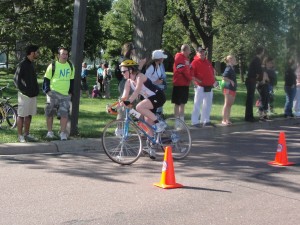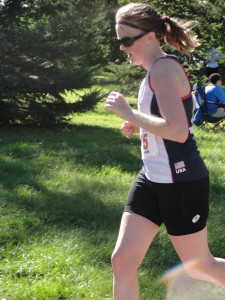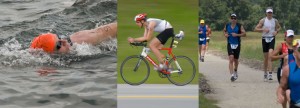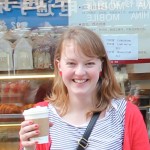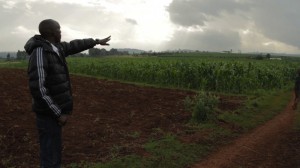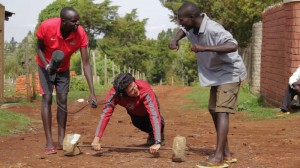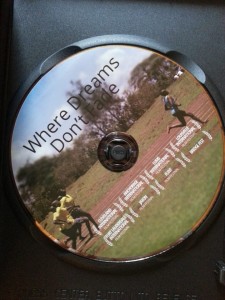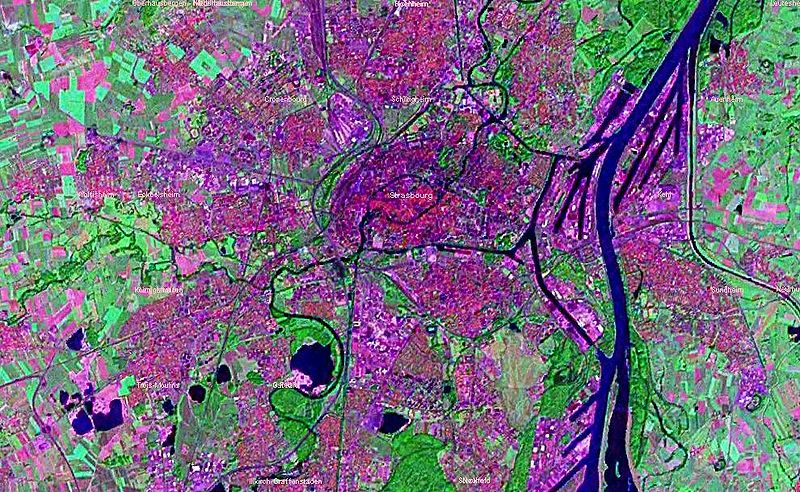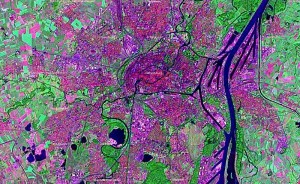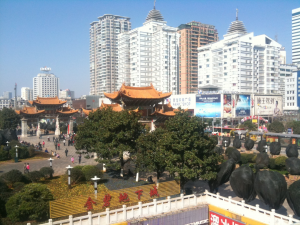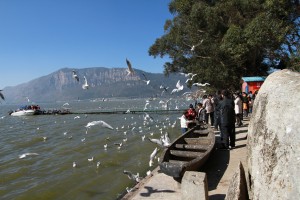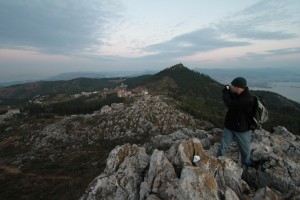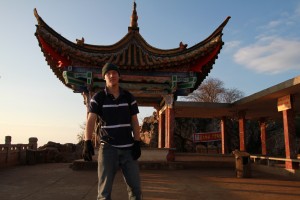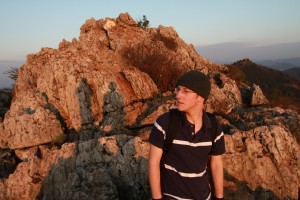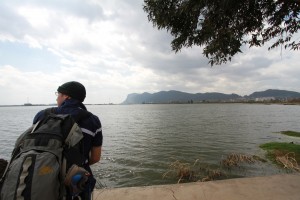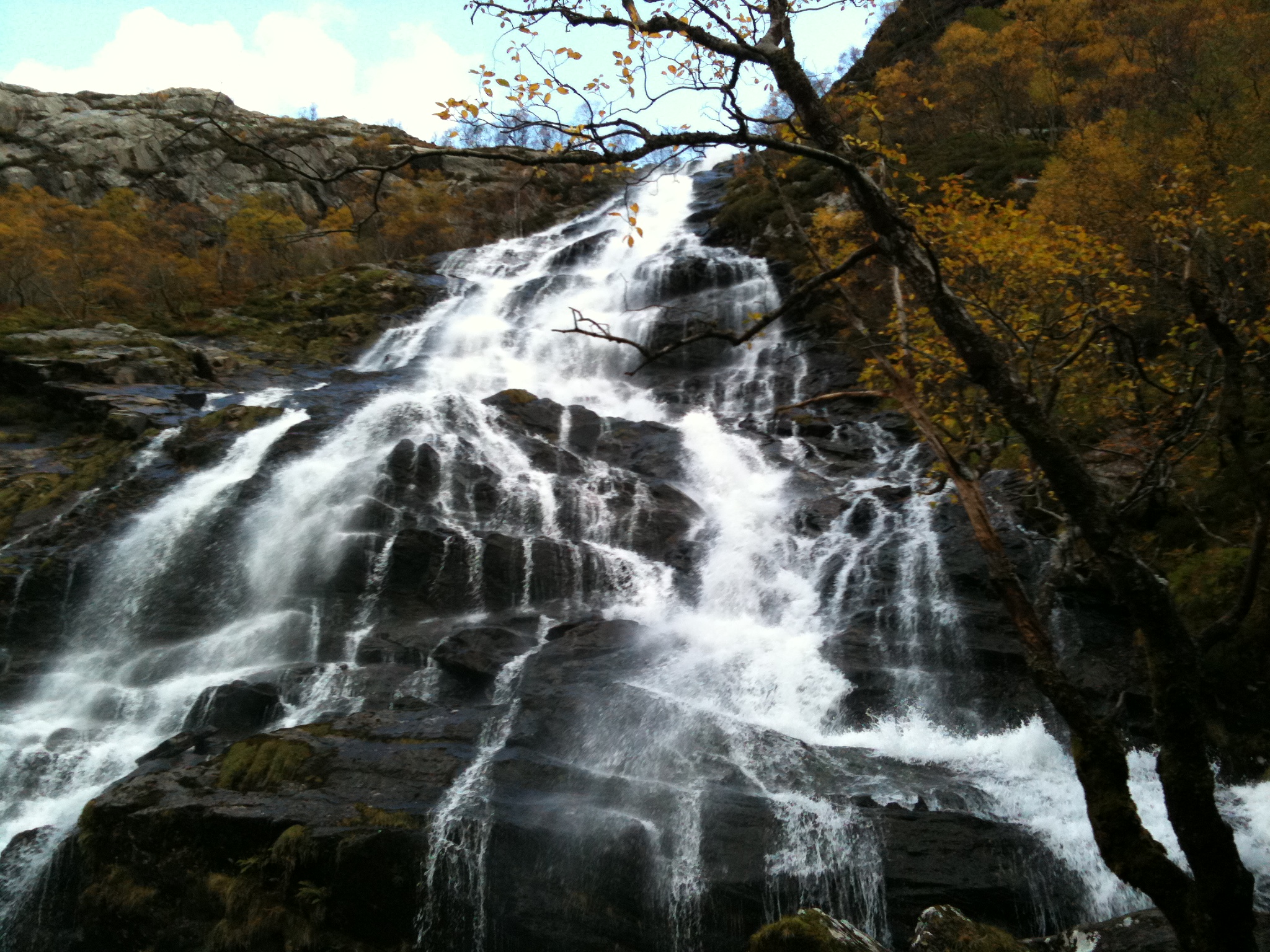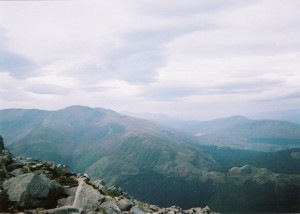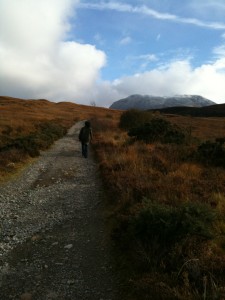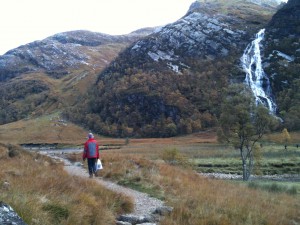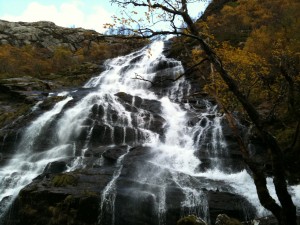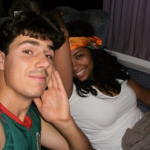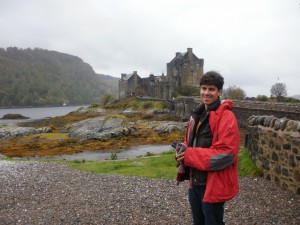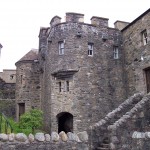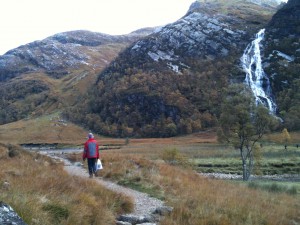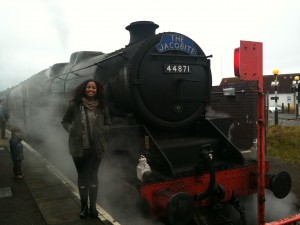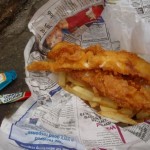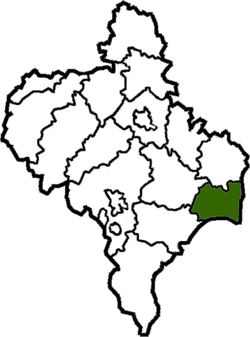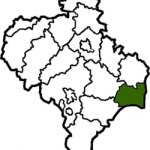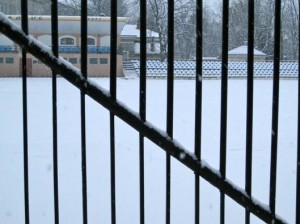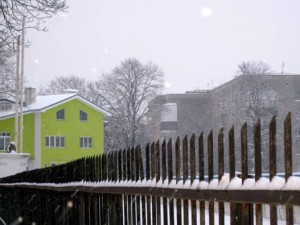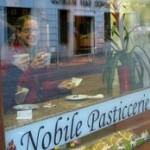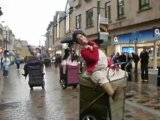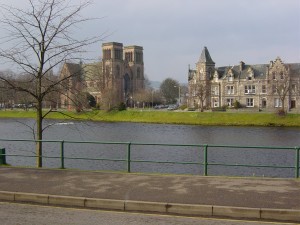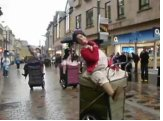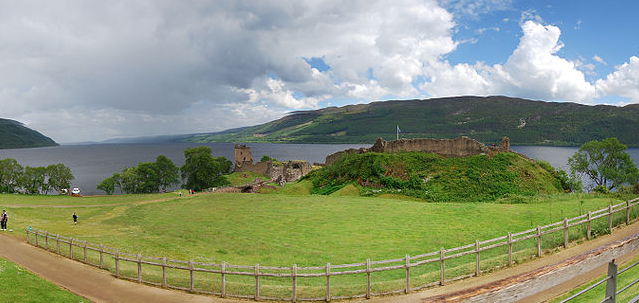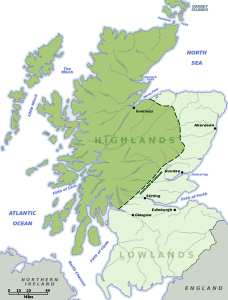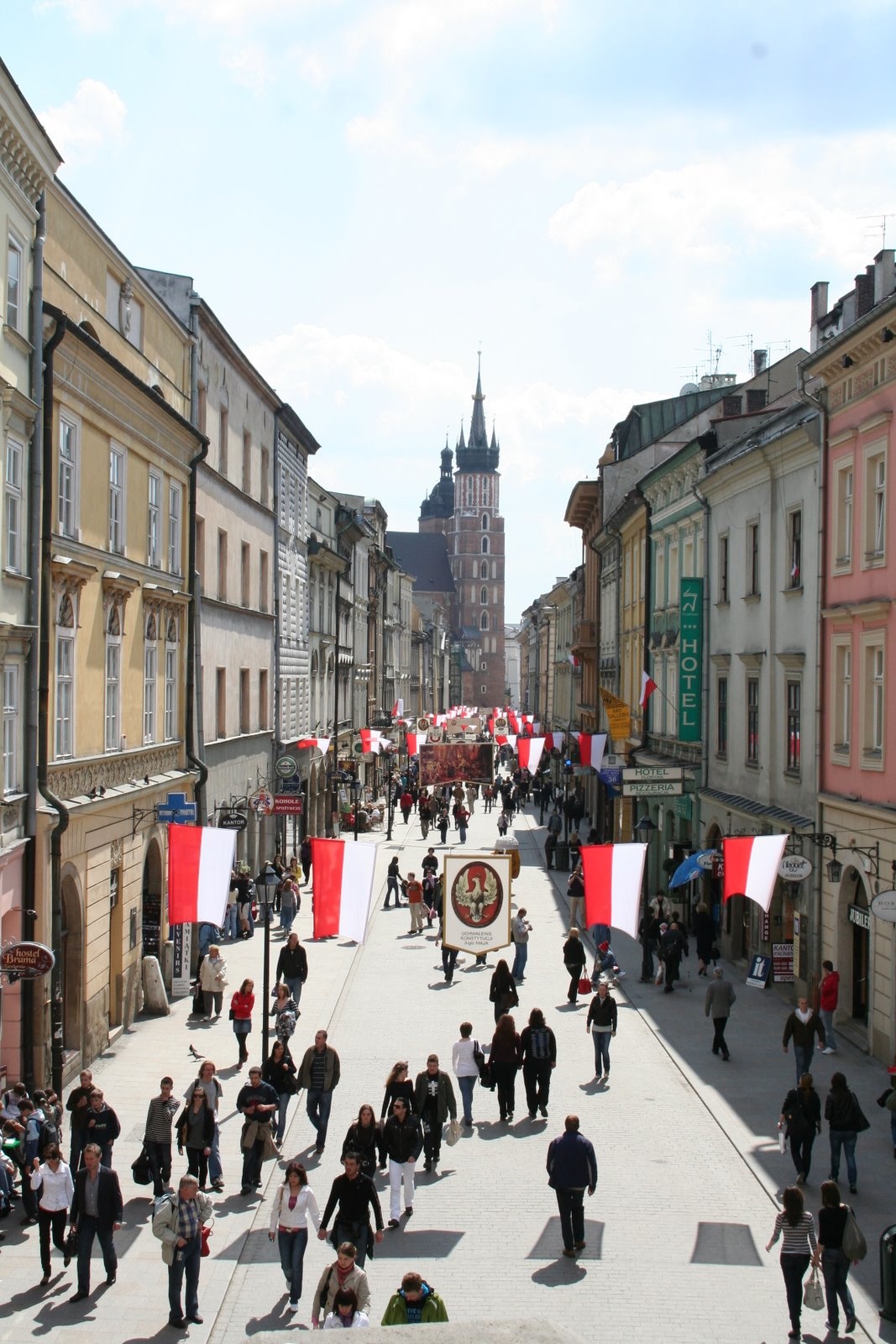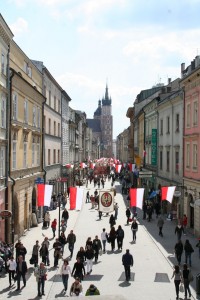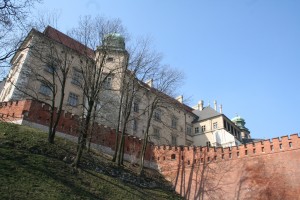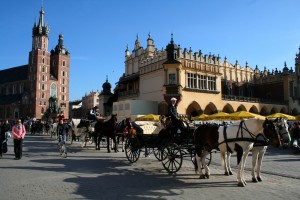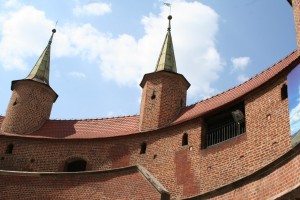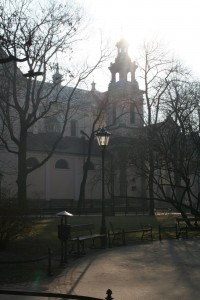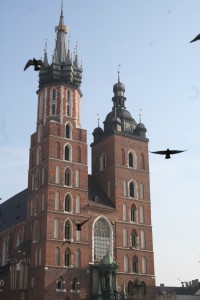Crazy – Part 2: Race Day
Trying a Triathlon, Part 2: Race Day
 (Cont’d from Part 1) The morning of the race was clear and cool. Since it was August, the race started at a pleasant 8 AM. I was up at 4:45, already chugging water to stay hydrated. The night before, a friend had helped me clean up my bike, greased the gears and pedals, pumped up the tires, even adjusted the stem. Its beautiful drop-down handlebars were freshly wrapped. I felt like a jockey before a big race, patting my trusty mount.
(Cont’d from Part 1) The morning of the race was clear and cool. Since it was August, the race started at a pleasant 8 AM. I was up at 4:45, already chugging water to stay hydrated. The night before, a friend had helped me clean up my bike, greased the gears and pedals, pumped up the tires, even adjusted the stem. Its beautiful drop-down handlebars were freshly wrapped. I felt like a jockey before a big race, patting my trusty mount.
When I arrived at the race area, I got my race number (25! A good, solid number, I told myself) written in black permanent marker on my arm, thigh and shin, so I could be identified both in the water and on land. I quickly realized I never wanted to wash that number off again. I jogged around to warm up, shakily swigging water, my stomach fluttering.
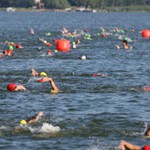 As one of the younger participants in the race, I was in the first wave of swimmers. About fifty other women and I lined up on the beach in our red swim caps (“free” race swag!). The gun went off. And so did we!
As one of the younger participants in the race, I was in the first wave of swimmers. About fifty other women and I lined up on the beach in our red swim caps (“free” race swag!). The gun went off. And so did we!
Swimming in a pool is one thing. Swimming in a lake surrounded by bodies while being kicked in the face is another.
Months earlier, when some of my female coworkers heard I was doing an all-women’s triathlon, they thought it was so neat. “Oh, it’ll just be so nice, having other women there to support you as you go along,” they told me over our microwaved lunches. I nodded politely. It was nice, wasn’t it?
That was not the attitude I decided to take. I’d dropped nearly half a grand to get to this race. I wasn’t here to hold hands and braid each other’s hair, thankyouverymuch. Anytime someone kicked me, I pushed back, jostling for space, and, as people began to feel the swim halfway in, I began picking off the enemy, one by one.
With a final stroke, the swim portion was done. We lurched out onto the sand, ran past the lines of screaming fans (screaming, I tell you!), and up into the Transition Area.
The Transition Area in a triathlon is hallowed ground. Only tri participants can go in or out; spectators are banned. Each racer is assigned to one lane, and that lane consists of a metal sawhorse of sorts, on which you prop your bike, and a very small area near to it, where you put your shoes and socks, towel, and water bottle. Transitions between the races count toward your total time, so the name of the game is speed. I’d practiced transitioning a bit in my backyard, aware of how silly I must look to the neighbor cats who watched me from their window perches, and now was my moment. I ran in, dropped my goggles and cap, shakily got on my socks and shoes, threw on my helmet and away I went. Transition 1, done.
Next was the bike portion. This was by far the biggest part of the race at 15 miles in length. I let Ol’ Blue stretch out her legs and we were off.
The bike portion was along the Mississippi River, on both the Minneapolis and St. Paul sides. Since I lived nearby, I’d spent many Sundays biking the course and beyond. My main concern for this part of the race was the no-drafting rule. Drafting is when you follow closely behind a biker, using that person’s slipstream to your advantage. There was a strict no-drafting rule, which meant you had to stay a minimum of three bike lengths behind a biker. If you wanted to pass, you must do so in 15 seconds or risk a time penalty.
I’m not sure how seriously the rest of the women interrupted this rule, but for me that meant that, if I were at all able to, I needed to pass anyone in front of me as quickly as I could, every time I saw her, or risk breaking the rules, something I’ve been afraid to do basically since birth. Midway into the bike race and my legs were shaking. Perhaps I’d gone a bit too hard. Perhaps this rule wasn’t meant to harm me.
“It doesn’t matter!” I egged myself on, sipping my Gatorade-water mixture to help me through.
The second half of the bike race proved to be a bit harder than the first half, mostly because the wind had picked up. Dramatically. We made it over the bridge near the Transition Area all but wobbling on our bikes in the gusts. I dismounted and ran my bike over to my lane. Propping my bike up on the sawhorse and throwing down my helmet, I jogged off in a minute flat. Transition 2, done. Now only 5k left to go!
There is a phrase in triathlon-speak called “bricking.” Bricking happens when you get off your bike and try running immediately afterward. It feels, appropriately, like your thighs are made of heavy bricks. Try (tri!) as you might, you can barely lift them. I’d practiced doing this, too, some that summer, but my quads were screaming from the bike race as I started out around the lake.
“Go go go!” my fans shouted at me. I lugged my body along, wind whipping my hair.
I was a mile in to the five kilometers when my shoe came untied. I ignored it. I was hardcore. I was a racer. I was doing a triathlon. A little untied shoe was not enough to make me stop!
A half a mile later and it was all I could do to keep running. It wasn’t that I was feeling sick or tired, at least not so tired that I couldn’t continue. It was that I had never had to pee so badly. Ever. All that hydration, all morning, all during the bike portion, and at each transition…all of it had backfired, big time. I willed myself to just…go…as I kept running. My shorts were black; no one would notice! And I could just jump in the lake right afterward. No big deal! But, like rule-breaking, peeing on command has never been something I’ve been good at. I was doomed. It was all I could think of, with a mile and a half left into my race, the race I’d been training for for months, when I should be thinking about picking it up, picking off people one by one, as the minutes clicked away on my time. All I could think of instead was…water.
I rounded a curve in the path. A water stop was up ahead. I was definitely not interested. But just beyond it…What was that there? Could it be…? Yes! A port-a-potty! I was saved!
And yet: Should I risk my victory for this pit stop? Was I such a fool? I looked around. The race was so spread out it was impossible to tell who was my competition and who had started minutes after me (the swim waves were staggered) and was therefore so far ahead of me, time-wise, that there was no way I’d beat them.
I stopped at the port-a potty, anything for some relief. An older couple out on a morning walk had stopped just ahead of me. I bounced around impatiently as the woman used the toilet. Breaking all rules of Midwestern propriety, I pleaded to the gentleman to let me go before him.
“I’m running a race,” I explained, pointing unnecessarily at my race number. “And I really have to go!” I hopped from foot to foot.
He rather begrudgingly agreed to let me cut, and, once his wife eased her way out of the stall, I bolted in. I relieved myself, tied my shoe, and, liters lighter, zoomed off after my opponents.
A mile left. My feet pounded on the pavement.
Then half a mile. My lungs ached. Now was my time to go, this was it. This was it. I rallied, willing my legs to turn over faster. They shouted in protest, reminding me of the fifteen miles I’d just biked, and all a bit quicker than they’d been promised.
A third of a mile.
I could see the finish. Just around a curve, down the stretch, and I’d be there.
A quarter of a mile.
There were other women ahead of me, exhausted from the morning, like me. We could all just jog in together, nice and easy…
300 meters.
“Now!” said a voice in my head. “Now’s your time! Think of all the workouts, all the sweat, all the pain it’s taken to get here. Now go go GO!”
200 meters.
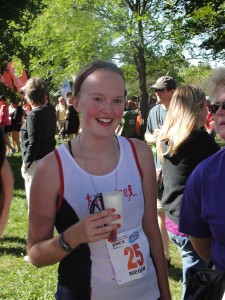 I lifted up my head, picked up my legs and pumped my arms down the last stretch. And when I crossed that finish line, I became, officially, a triathlete.
I lifted up my head, picked up my legs and pumped my arms down the last stretch. And when I crossed that finish line, I became, officially, a triathlete.
I can’t wait to do another one.
~Megan~
Megan has just returned stateside after a year of living and teaching in China. Any guesses whether there’s a Triathlon in her future?


